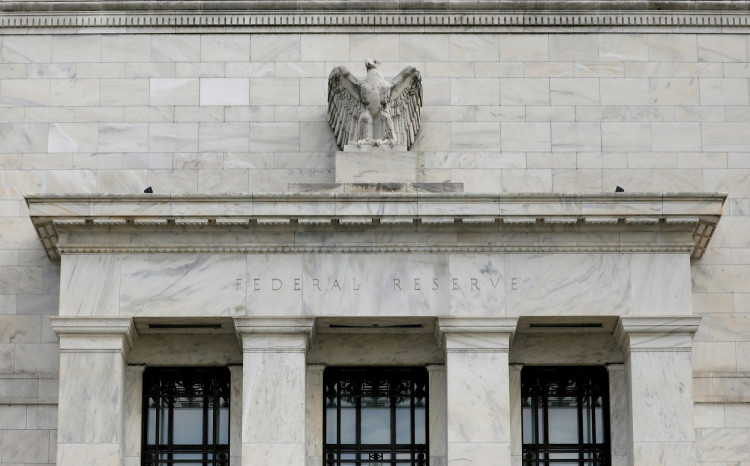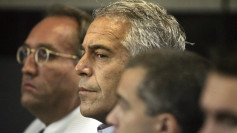The debate over the future direction of interest rates within the Federal Reserve is intensifying as two of its governors, Michelle Bowman and Christopher Waller, present contrasting views on the best approach to manage inflation. Their differing perspectives reflect the ongoing challenge faced by the central bank in navigating the delicate balance between economic growth and price stability.
In recent speeches, Bowman emphasized the need for further rate increases to effectively combat inflation and achieve the Fed's 2% target. Speaking at the Utah Bankers Association and Salt Lake City Chamber Banker and Business Leader Breakfast, Bowman pointed out the persistently high level of inflation and the uneven progress made so far. She expressed concern that factors such as supply-chain bottlenecks, labor market tightness, and government policies like the CHIPS Act and Inflation Reduction Act could continue to exert inflationary pressure.
"My baseline economic outlook continues to expect that we will need to increase the federal funds rate further to keep policy sufficiently restrictive to bring inflation down to our 2% target in a timely way," Bowman stated.
Contrasting with Bowman's stance, Waller, in a speech titled "Something Appears to Be Giving," conveyed growing confidence in the current policy positioning of the Fed. Speaking before the American Enterprise Institute in Washington, he highlighted encouraging signs of a cooling economy and gradually decreasing inflation. While acknowledging that inflation remains above the desired level, Waller suggested that the current policy might be adequate without necessitating further rate hikes. "I am increasingly confident that policy is currently well positioned to slow the economy and get inflation back to 2%," Waller remarked.
Waller also raised the possibility of the Fed considering lowering rates if inflation continues to ease over the next few months. This viewpoint marks a notable shift for Waller, who has previously been more hawkish in his approach to monetary policy. He cited various areas where economic activity is moderating, from retail sales to the labor market, and acknowledged the easing of supply chain pressures. However, he cautioned that monetary policy would likely need to carry the burden of reducing inflation further.
This divergence in views comes as the Fed's Federal Open Market Committee prepares for its last meeting of the year on December 12-13, with the market largely expecting the key lending rate to hold steady. Both governors' comments underscore the uncertainties surrounding the economic outlook and the Fed's ongoing efforts to balance the risks of inflation with those of economic slowdown.






